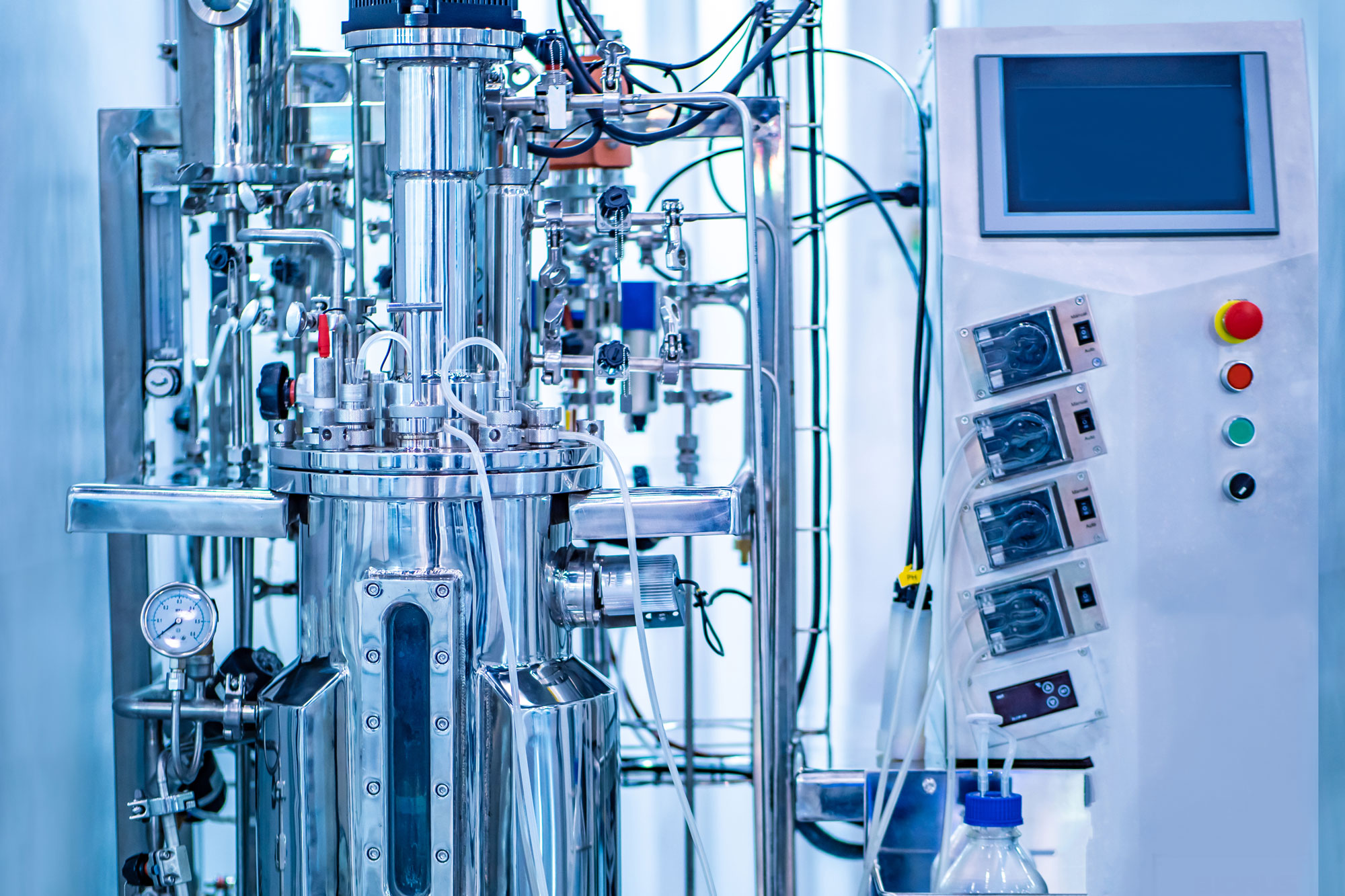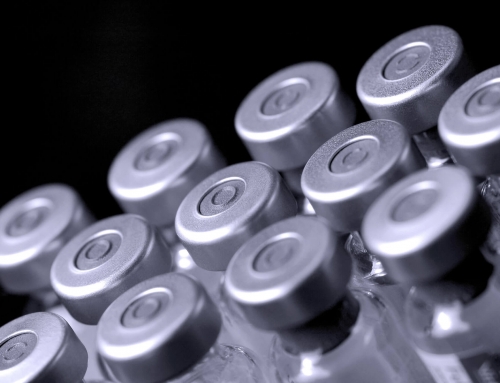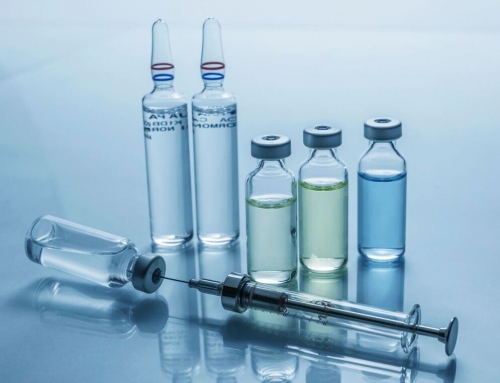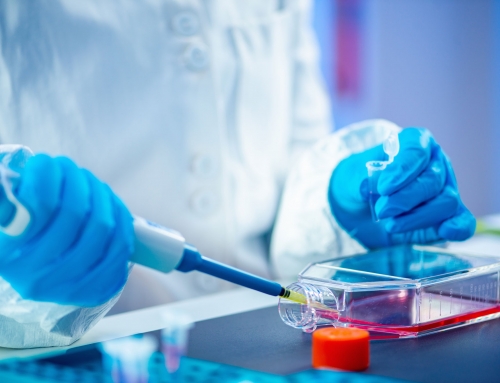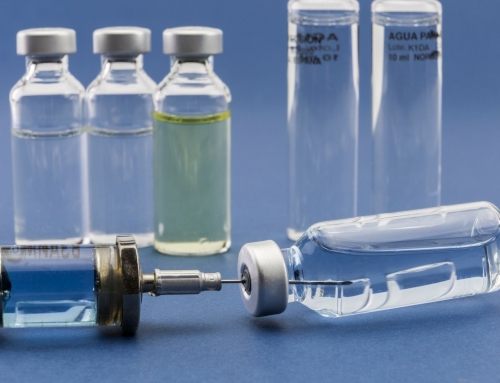The time, equipment, training, and cost required to create compliant parenteral products make outsourcing to parenteral contract manufacturers an attractive option for pharmaceutical companies.
Because parenteral drugs bypass the body’s natural defenses, they must be totally sterile upon delivery, which means they must be sterilized completely during manufacture or processed aseptically from beginning to end. Parenteral contract manufacturers are a logical choice for this kind of involved processing as they have not only the expensive and complex equipment, but the knowledge, skills, and experience to comply with both client demands and FDA regulations.
Sterilization is of the utmost importance for a parenteral manufacturing process, but how a product should be sterilized depends on many factors.
 If a parenteral is in an aqueous solution, it can likely be sterilized with some form of moist heat, usually pressurized steam in an autoclave. Otherwise it can be run through a microbial retentive filter. Filters protect against microbes, but offer no protection against endotoxins, so they are not well suited to every application. If neither pressurized steam nor filtration is possible, aseptic filling will be necessary.
If a parenteral is in an aqueous solution, it can likely be sterilized with some form of moist heat, usually pressurized steam in an autoclave. Otherwise it can be run through a microbial retentive filter. Filters protect against microbes, but offer no protection against endotoxins, so they are not well suited to every application. If neither pressurized steam nor filtration is possible, aseptic filling will be necessary.
If a parenteral is in a non-aqueous solution, is semi-solid, or is a dry powder, it may be better suited to terminal sterilization. In this case, the product and packaging are subjected either to dry heat or ionizing radiation sufficient to sterilize both. However, many parenterals can be destabilized by heat or radiation. Though a microbial retentive filter may also be an option for some solutions, many parenterals must simply be processed through an aseptic fill line.
Aseptic parenteral manufacturing processes are highly regulated and can be difficult to properly design.
The greatest risk of contamination in an aseptic fill line comes from the personnel working it. Parenteral contract manufacturers must therefore design lines which require minimal human intervention. Automation can be expensive, but is a valuable investment when it comes to maintaining an aseptic environment.
 Isolators are stainless steel steel enclosures that are accessible by personnel only through glove ports and half suits, and to materials only through mouse holes, airlocks, or rapid transfer ports. Their major advantage is that sterilization of the machinery itself is a fairly straightforward, automated process. The major disadvantage, however, is that switching from the production of one parenteral to another can be very difficult. If a parenteral contract manufacturer is only producing one parenteral continuously, isolators are a fine option, but this is not often the case.
Isolators are stainless steel steel enclosures that are accessible by personnel only through glove ports and half suits, and to materials only through mouse holes, airlocks, or rapid transfer ports. Their major advantage is that sterilization of the machinery itself is a fairly straightforward, automated process. The major disadvantage, however, is that switching from the production of one parenteral to another can be very difficult. If a parenteral contract manufacturer is only producing one parenteral continuously, isolators are a fine option, but this is not often the case.
A Restricted Access Barrier System (RABS) allows for easier renovation and reduced changeover time, but is more difficult to keep aseptic. RABS have barriers to prevent human intervention, unidirectional, HEPA-filtered airflow, highly automated processes, and thoroughly described procedures for the rare cases when open-door intervention becomes necessary.
Though a common and useful solution to the problem of balancing sterile environments against ease of changeover, RABS that are completely compliant can be difficult to build and maintain. FDA audits are common and many RABSs are found wanting simply from poor design. In addition, their use is highly regulated and many forms of intervention can compromise an entire batch, at which point the entire RABS must be disinfected.
How materials move into the RABS is also highly regulated. Materials and packaging must be sterilized in whatever way is most appropriate and then double-packaged. The outer package is sterilized with alcohol and moved into the RABS, where an operator unpacks it through the use of gloveports and moves it in the processing area.
Proper maintenance of a RABS is extremely important. The entire RABS must be decontaminated after each batch is finished. Further, gloves must be examined regularly to monitor wear and tear, as the slightest abrasion can cause contamination that can spread through the entire system.
Parenteral contract manufacturing facilities are uniquely suited to creating compliant processes and sterile products.
 Pharmaceutical manufacturers are finding it harder and harder to find the next blockbuster drug. New drugs tends to be increasingly complex and for increasingly specific conditions, meaning they are harder to produce and tend to have a smaller available market. These pressures have pushed companies to invest far more capital into research and development, rather than into improving, streamlining, or developing new manufacturing processes. The medical industry has therefore seen a rise in pharmaceutical companies outsourcing the production of parenterals to parenteral contract manufacturers.
Pharmaceutical manufacturers are finding it harder and harder to find the next blockbuster drug. New drugs tends to be increasingly complex and for increasingly specific conditions, meaning they are harder to produce and tend to have a smaller available market. These pressures have pushed companies to invest far more capital into research and development, rather than into improving, streamlining, or developing new manufacturing processes. The medical industry has therefore seen a rise in pharmaceutical companies outsourcing the production of parenterals to parenteral contract manufacturers.
Another major pressure leading to an increase in outsourcing to parenteral contract manufacturers comes from the FDA and other regulatory agencies worldwide. Every method of sterilization, whether wet heat, dry heat, ionizing radiation, or aseptic processing requires different and specific equipment, and as the complexity of drugs has increased so too have the standards for sterility of handling and processing.
Many parenteral contract manufacturers have done the hard work of investing in the proper equipment, machinery, and labor. Furthermore, they have been through a number of FDA audits, each one helping them improve their operations to meet higher standards and more thoroughly adopt best practices. Such manufacturers are an incredibly attractive option when drug companies are looking to outsource the production of their parenterals.
Ensuring the sterility of parenterals is of the utmost importance, and only a well-designed, well-operated manufacturing process can ensure a sterile product. Contract manufacturing organizations are a good alternative to in-house manufacturing because they have the specialized equipment, knowledge, and experience necessary to create fully compliant and products.

